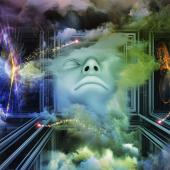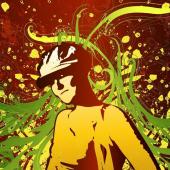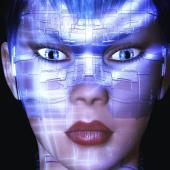NFT Art
NFT (Non-Fungible Token)
NNFT (Non-Fungible Token) is a type of digital asset based on blockchain technology. It is a unique digital asset that cannot be exchanged with other identical assets. NFTs can be used to tokenise digital artwork, collectibles, gaming scores, music, videos and more. NFTs allow buyers to own and track unique digital goods while protecting the rights of the owner.
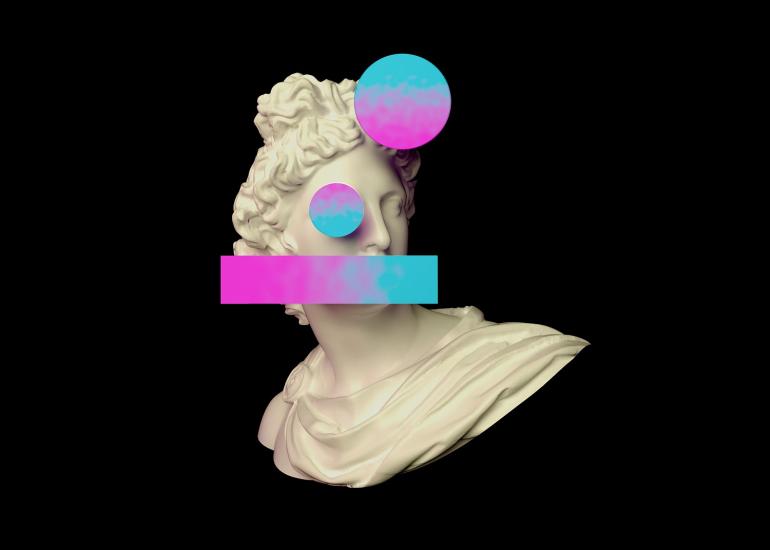
NFTs and art
The digital artworks can be bought and sold as unique digital collectibles. They are a new type of digital art that allows artists to monetise their work in a completely new way. NFTs are unique because they are one-of-a-kind and cannot be copied. This means that each NFT is unique and exists only once. This makes them a very valuable collector's item. NFTs can therefore also be considered a kind of digital art, as they are unique digital artworks that exist only once.
The NFT and Blockchain
NFTs (Non-Fungible Tokens) are a special type of token based on blockchain technology. They are non-exchangeable and unique. This means that each token is unique and cannot be exchanged with another token. This feature makes it an ideal tool to protect and track digital assets. Blockchain is a technology that allows data to be stored and processed in a decentralised, secure and transparent way. It is a distributed network that allows users to verify and validate transactions without the need for a central authority. This technology is often used to create and manage NFTs.
What is blockchain?
Blockchain is a decentralised digital database that allows users to track and verify transactions. It is a distributed network built on a series of computers that are connected to each other. Each computer on the network stores a copy of the blockchain, which contains all the transactions that have ever taken place on the network. This database is public and can be viewed by any user. Because it is a decentralised network, it cannot be controlled by a single person or a group of people.
How to create NFTs?
NFTs can be created in several ways. First, you need to choose a platform where you want to sell your NFTs. Then you need to create an account and upload your NFTs. Once your NFTs are uploaded, you can sell them on the platform. You can also create an auction to sell your NFTs. Once you have sold your NFTs, you can complete the transaction and receive payment.
Which platform is the best to create NFTs?
There are many different platforms that can create NFTs. Some of the most popular are OpenSea, Rarible, SuperRare and Mintable. Each platform has its own advantages and disadvantages, so it is best to look at the different options and decide which one best suits your needs.
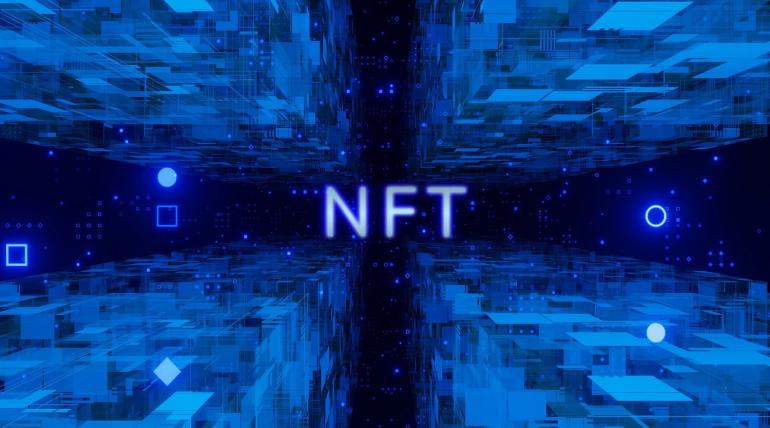
Can anyone create NFTs?
To create an NFT, you must have the technical skills and knowledge to use a blockchain platform and implement an NFT protocol.
Are NFTs expensive?
NFTs can be both expensive and cheap. It depends on which NFT you want to buy. Some NFTs are very expensive because they are unique and rare. Other NFTs are cheaper because they are not so rare. The most important factor influencing the price is the previous sale of combined NFTs, i.e. other tokens from the same collection.
What is the difference between NFTs and coins?
The main difference between NFTs and Coin is that NFTs are unique and Coins are not. NFTs are digital tokens that are unique and cannot be exchanged. They can be used to represent digital artwork, collectibles, game results and other digital goods. Coins, on the other hand, are exchangeable tokens that can be used as currency or as a means to store value. Coins are used as a means to settle transactions.
Who invented NFTs?
It is not known who exactly invented the first NFT. Some sources claim that it was a programmer called CryptoKitties who created the first NFT in 2017. Other sources claim that it was a team of developers who created the first NFT in 2014.
"The Merge" by Murat Pak
The most expensive NFT of all time is "The Merge" by Murat Pak. On the Nifty Gateway, it earned a record sum of 87.1 million euros. However, it does not belong to any person. 28,983 collectors bought a total of 312,686 digital art shares. See the image below:
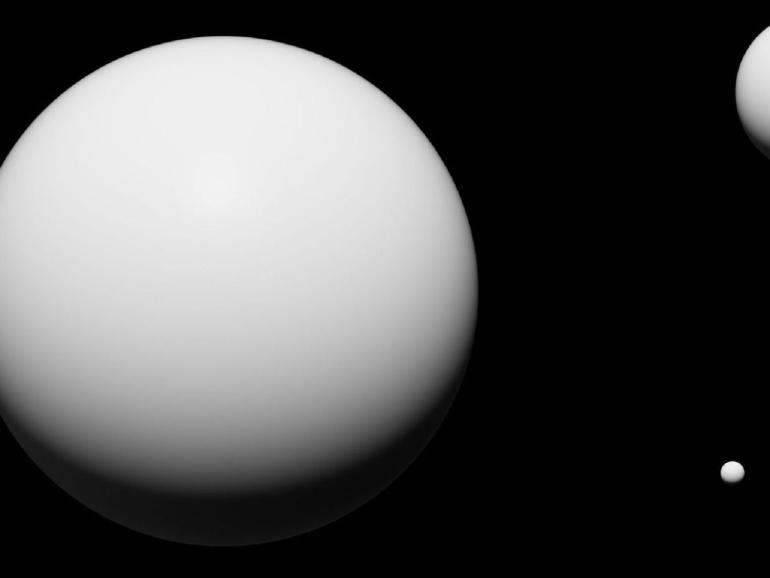
Which book titles are significant for NFTs?
- Non-Fungible Tokens: An Introduction to the World of Digital Assets
- Non-Fungible Token Economy: A Guide for Investors and Entrepreneurs
- Non-Fungible Token Revolution: How NFTs are transforming the digital economy
- Non-Fungible Token Trading: A Guide for Beginners
- Non-Fungible Token Investing: A guide for investors
- Non-Fungible Token Ecosystems: How NFTs are transforming the digital economy
- Non-Fungible Token Security: A Guide for Investors
- Non-Fungible Token Mining: A Guide for Beginners
- Non-Fungible Token Marketplaces: A guide for investors
- Non-Fungible Token Applications: How NFTs are transforming the digital economy
What criticisms or challenges does the topic of NFT face?
- Scalability: As NFTs are based on the blockchain, it is difficult to scale them in a way that enables fast and efficient settlement.
- Costs: As NFTs are based on the blockchain, transaction costs are higher than for other digital assets.
- Liquidity: As NFTs are not easy to trade, it is difficult to create a market for them that provides sufficient liquidity.
- Regulation: As NFTs are a new and unregulated asset, it is difficult to create uniform rules for trading them.
- Security: As NFTs are based on the blockchain, it is important that they are protected from hackers and other cyber attacks.
- Ease of use: As NFTs are a new and complex asset, it is important that they are easy to understand and use.
What is the importance of NFTs for society?
NFTs (Non-Fungible Tokens) are a new type of digital asset that allow people to own and trade digital goods. This technology has the potential to revolutionise the way people buy and sell digital goods. NFTs can help strengthen the digital economy by creating a new type of asset that cannot be easily copied or manipulated. They can also help increase transparency and security in the digital economy by enabling unique identification and traceability of digital assets. In addition, NFTs can help foster creativity and innovation in the digital economy by enabling artists and businesses to monetise and market their work.


